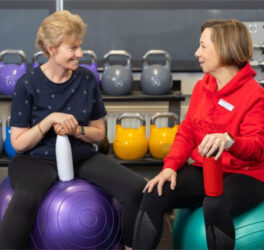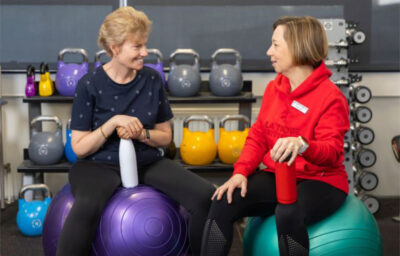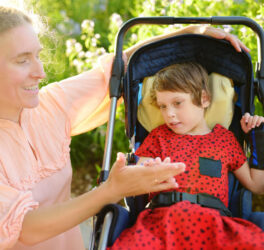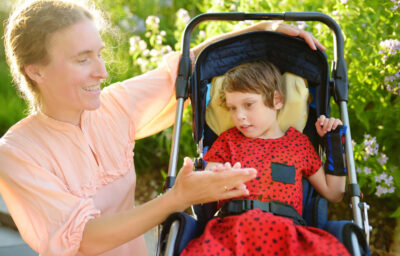
Women between the ages of 18-44 who reported having some type of disability, such as those related to cognition and activities of daily life, reported low diet healthfulness and low levels of food security when compared to women of the same age who did not have a disability, according to preliminary research to be presented at the American Heart Association’s Scientific Sessions 2021.
While diet is a potentially modifiable behavior critical for women of reproductive age, limited research is available regarding the potential differences in women’s diets categorized by disability status.
“Women with disabilities may face specific obstacles in improving their diet due to barriers related to their disabilities including medical conditions or physical limitations, as well as the availability of food,” said Andrea Deierlein, Ph.D., M.P.H., an associate professor of public health nutrition at the New York University School of Global Public Health and the study’s corresponding author. “It is important that health care professionals are aware and knowledgeable of these obstacles and make efforts to help women address and overcome them.”
To examine the connections among disability, diet quality and diet-related factors for women who are of reproductive age, researchers examined data detailing 3,507 women ages 18-44 who participated in the National Health and Nutrition Examination Surveys (NHANES) between 2013-2018. NHANES is a nationally representative program of studies the National Center for Health Statistics uses to collect sociodemographic, health, clinical, laboratory and nutrition information about people in the U.S.
A questionnaire about whether the women had serious difficulties with sensory, physical and cognitive functions was used to determine disability status. The Healthy Eating Index-2015 (HEI-2015) assessed the women’s diet quality. The HEI-2015 is composed of 13 components, including fruits, vegetables, protein foods, whole grains, dairy, sodium and added sugar. Women also self-reported on their diets by quantifying the frequency of eating fast food, or frozen or preprepared meals; their participation in public food assistance programs; and/or whether they were the primary meal planner or food shopper in the household.
The analysis found that when compared to women without disabilities, women with any self-reported disabilities were:
- almost two times more likely (1.9) to rate the quality of their diet as “poor”;
- almost one-and-a-half times (1.4) more likely to have eaten frozen meals or pizza five or more times during the previous month;
- almost two times (1.9) more likely to report “very low” or “low” food security;
- almost one-and-a-half times (1.4) more likely to not use public food assistance despite being eligible; and
- one-and-a-half times as likely (1.5) to report someone else in their household as the primary shopper or meal planner.
“We hope the findings of this study will increase awareness among health care professionals about the importance of evaluating and discussing diet and diet-related issues with their patients and patients’ family members. We also hope these results stimulate more research on this topic since there is so little available,” said Deierlein.
“For the first time to my knowledge, researchers evaluated disability status as an indicator of whether or not individuals had a healthy diet. Unfortunately, the women with disabilities reported lower diet quality, more food insecurity and also lower physical activity levels,” said Donna K. Arnett, Ph.D., M.S.P.H., B.S.N., a past president of the American Heart Association and dean of the College of Public Health at the University of Kentucky in Lexington, Kentucky. “These findings have important implications for public health and clinical practice because almost one in four young adults in America have some form of disability.”
The researchers noted several important limitations to the study, including that NHANES is a cross-sectional study and that most data were self-reported by the study participants. Information about disability cause or severity were not detailed. The study’s sample size was limited, and researchers could not examine associations of diet by specific disability type. Additionally, information about diet was based on recall of food and beverage intake from the previous day.








